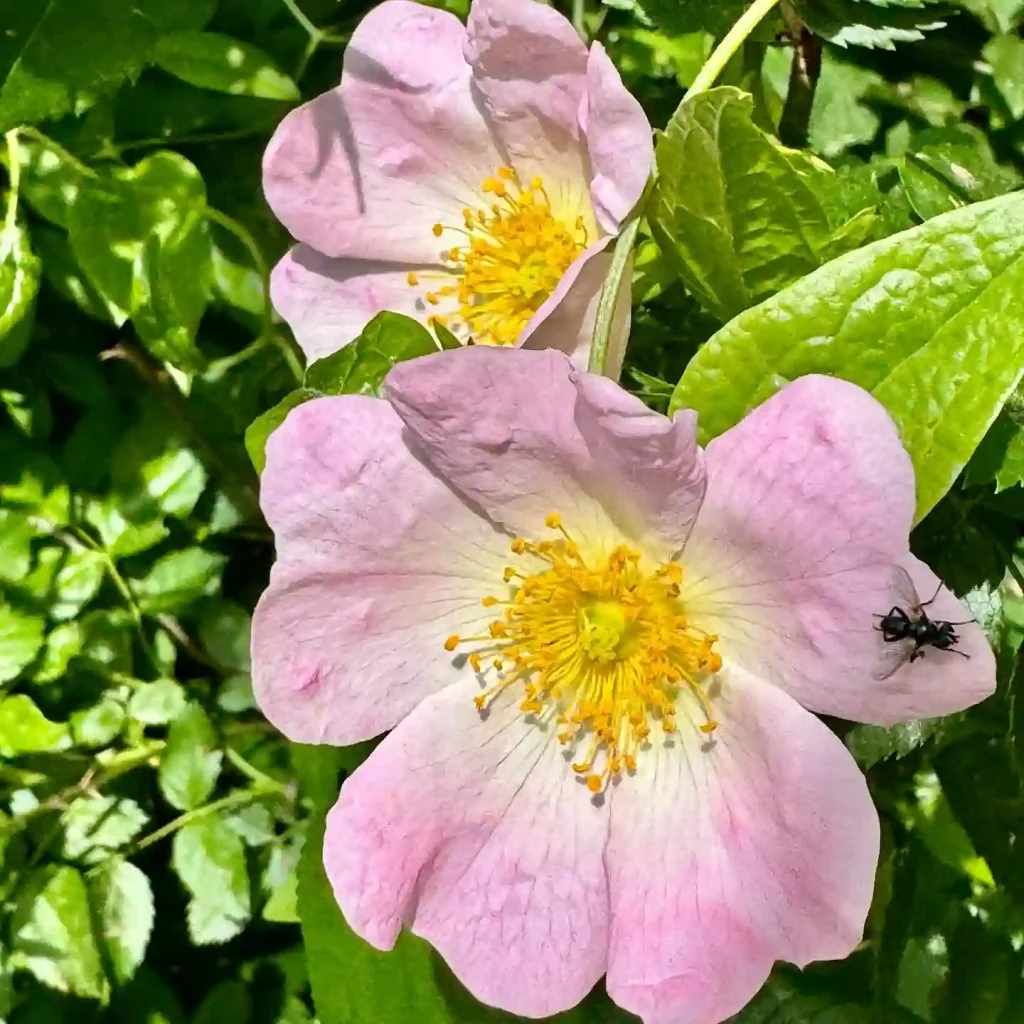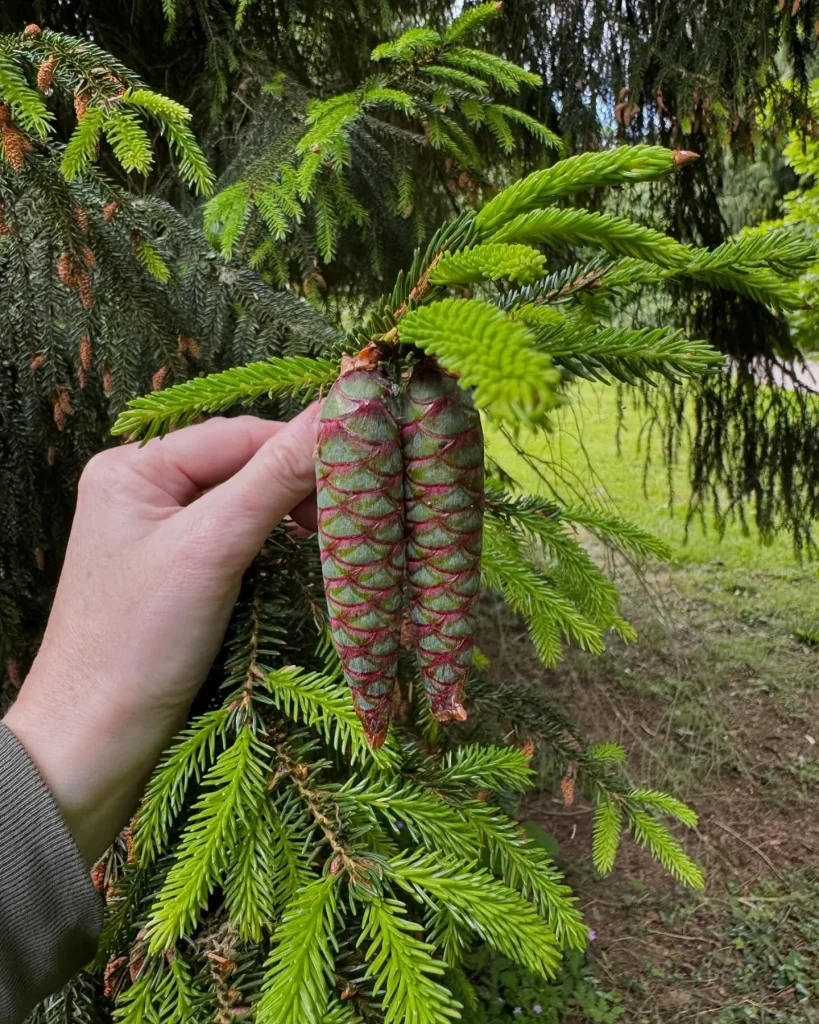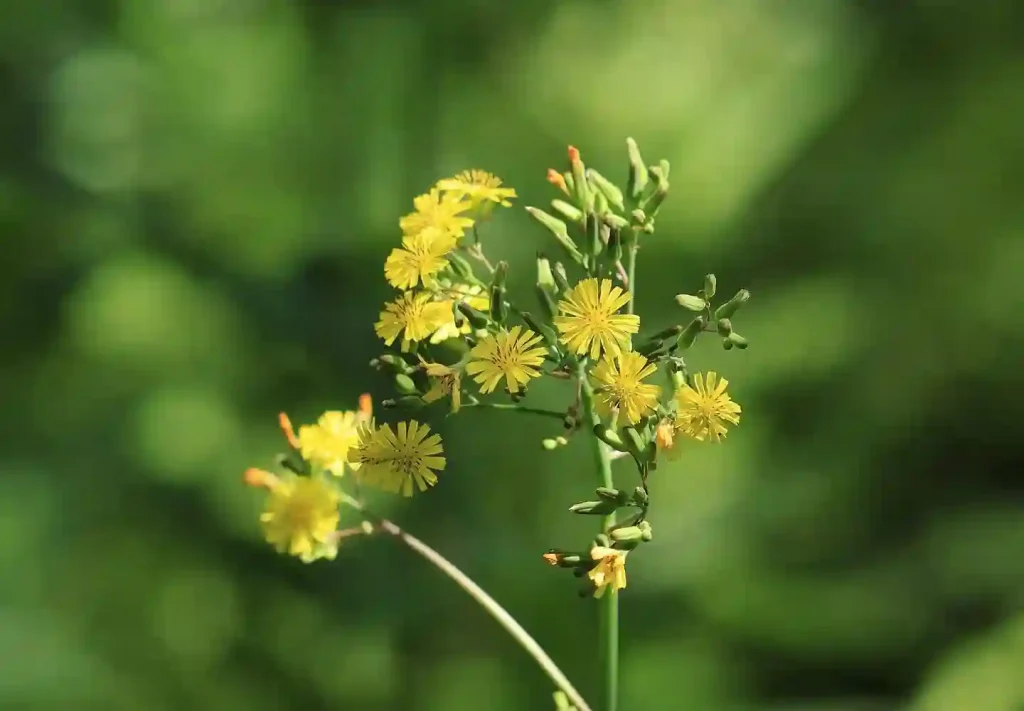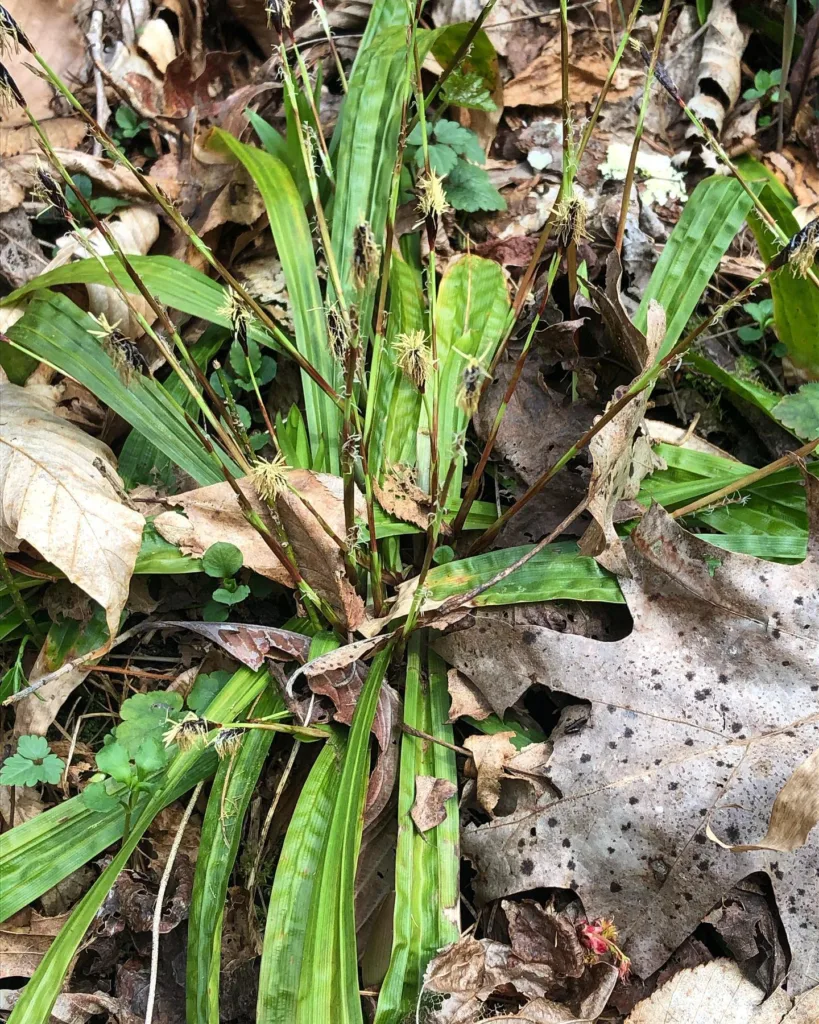Exploring the Trochodendraceae Family: A Deep Dive into Tetracentron and Trochodendron
As an avid plant enthusiast, I’ve always been fascinated by the diversity of plant families and how they contribute to our ecosystems. One family that particularly piqued my interest is the Trochodendraceae, which comprises two genera: Tetracentron and Trochodendron. This family is unique and offers a glimpse into the evolutionary history of flowering plants.
Overview of Trochodendraceae Family
The Trochodendraceae family is often overlooked in discussions about plant diversity. It’s primarily composed of two genera that represent the only living members of a lineage that dates back to the early Cretaceous period. Both Tetracentron and Trochodendron are found mainly in East Asia and have adapted to various climatic conditions.
In my experience, learning about these plants has deepened my appreciation for the evolutionary connections between different plant families. The Trochodendraceae family showcases how certain plants have thrived over millions of years while remaining distinct from their more widely known relatives.
Tetracentron: The Unique Features
Tetracentron is a genus known for its single species, Tetracentron sinense, commonly referred to as the four-petaled tree. This species is native to China and can be found in forests at varying altitudes. Its most notable feature is its flowers, which have four distinct petals and are borne in clusters, offering a stunning sight in spring.
I remember the first time I encountered Tetracentron in a botanical garden. The sight of its elegant flowers and unique leaf structure captivated me. The leaves are broad and serrated, giving the tree a lush appearance that stands out among other species.
Tetracentron trees can grow quite tall, often reaching heights of 30 to 40 feet. They prefer moist, well-drained soil and can tolerate a range of light conditions, from full sun to partial shade. This adaptability makes them an interesting addition to gardens, especially for those looking to diversify their plant collections.
Trochodendron: A Closer Look
The other genus in this family, Trochodendron, includes the species Trochodendron aralioides, also known as the wheel tree. This species is native to Japan and Taiwan, and it’s known for its unique wheel-like arrangement of leaves. The leaves are leathery, oval-shaped, and have a glossy appearance that catches the light beautifully.
One of my favorite aspects of Trochodendron is its resilience. I’ve read about its ability to withstand varying climatic conditions, which is a testament to its adaptability. In the right conditions, this tree can live for several hundred years, making it a valuable addition to any landscape.
In spring, Trochodendron produces small, inconspicuous flowers that are not particularly showy but are crucial for attracting pollinators. This aspect of its biology highlights the importance of even the most subtle flowers in our ecosystems. I often think about how easy it is to overlook these less glamorous plants when, in fact, they play a significant role in maintaining biodiversity.
Ecological Significance
Both Tetracentron and Trochodendron play vital roles in their respective ecosystems. They provide habitat and food for various species, including insects and birds. Their leaves can support a wide range of herbivores, while their flowers attract pollinators that are essential for plant reproduction.
During my explorations of different habitats, I’ve noticed that these trees often coexist with other plant species, creating a rich tapestry of life. This interconnectivity among species emphasizes the importance of preserving their habitats to maintain ecological balance.
Cultivation and Care
For those interested in cultivating Tetracentron or Trochodendron, it’s essential to understand their specific care requirements. Both genera thrive in well-drained soil and prefer a location that offers some protection from harsh winds. Regular watering, especially during dry spells, can help ensure healthy growth.
In my own gardening experience, I’ve found that planting these trees in a location with dappled sunlight works wonders. It allows them to receive enough light while protecting them from the intense afternoon sun, which can be particularly harsh.
Conclusion: A Family Worth Knowing
The Trochodendraceae family, with its unique genera Tetracentron and Trochodendron, represents a fascinating part of our plant heritage. These trees are not only beautiful but also serve important ecological functions. Learning about them has enriched my understanding of plant evolution and the importance of biodiversity.
As I continue my journey through the world of plants, I encourage others to explore lesser-known families like Trochodendraceae. Each species has its own story to tell, contributing to the larger narrative of our planet’s biological history. Whether you’re a seasoned gardener or a curious novice, there’s always something new to discover in the plant kingdom.
If i die, water my plants!



